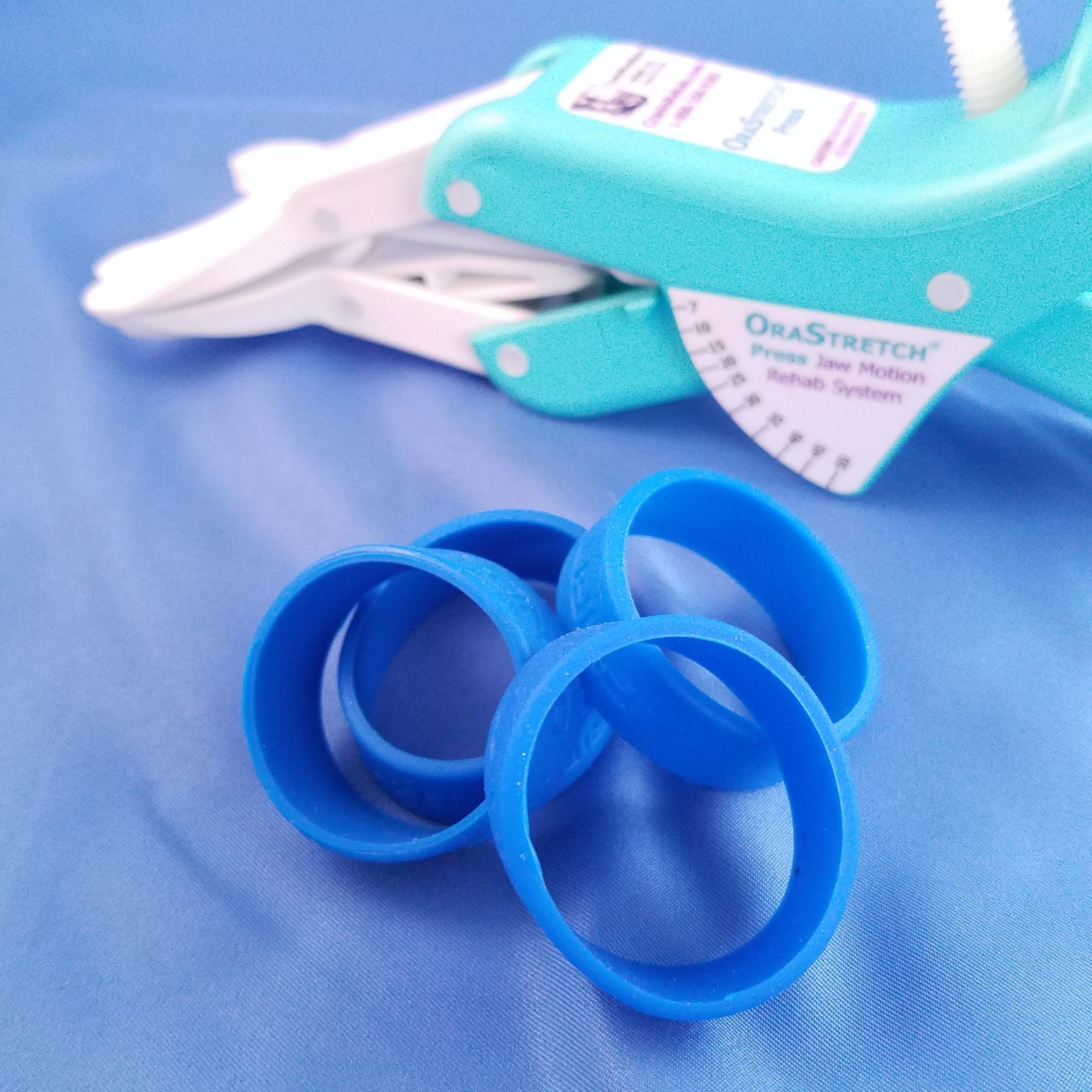 Temporomandibular joint disorder (TMD) affects children as well as adults. Limited jaw function in these early years can cause many problems for children, impacting their quality of life.
Temporomandibular joint disorder (TMD) affects children as well as adults. Limited jaw function in these early years can cause many problems for children, impacting their quality of life.
Whilst children may understand the simplicity of broken bones and cuts, TMD is a more complex issue. Child prevalence of TMD is broad, ranging from 6-68%.[i] Paediatric TMD patients have identified emotional stress and teeth grinding among the most common symptoms of TMD. Difficulties chewing, headaches and earaches may also feature.[i] Practitioners and patients should also note that girls are more likely to experience TMD, accounting for 61.5% of child TMD cases.[i]
For dental professionals, being able to identify the causes for TMD in paediatric patients is vital. Educating the parents on how best to manage the problem then follows.
Bruxism aggravates the temporomandibular joint (TMJ). 20-30% of children have reported teeth grinding or clenching, increasing the risk of TMD.[ii] Whilst many children grow out of grinding after losing their milk teeth, tackling the issue early is essential.[iii] This minimises TMD symptoms and reduces the risk of tooth wear. Risk factors of teeth grinding include a misaligned bite, hyperactivity, and stress and anxiety. Children cannot address issues with their bite until they reach adolescence, but managing stress and anxiety can help with TMD.[iv]
Relieving stress and anxiety for a child can be as difficult as identifying it, as children may not be open with their feelings.
Stress and anxiety can stem from events at school. This includes:
A child may also feel stressed or uncertain about issues at home:
The link between such stressful events and teeth grinding increases the risk of TMD. Dental practitioners should highlight this connection to the child’s accompanying adult. Providing a safe space to discuss potential issues is essential to manage stress. Recommending stress-relief advice for the parents to pass onto the child helps too. Suggestions include using a stress ball, teaching relaxation techniques and promoting positive thinking.[v]
Teeth grinding may occur at night and is harder to control. Family members should listen for any clicking or grinding noises whilst the child sleeps.[ii] If so, a custom mouthguard for the child to wear at night can prevent this.
 Proactive preparation
Proactive preparationIdentifying risk factors can help reduce the prevalence of TMD in children, but taking proactive measures first helps. Strengthening the jaw and promoting mobility supports its growth into the teenage years. Whilst chewy foods can worsen TMD, they are excellent for exercising the mouth muscles in non-TMD patients.[vi] This supports function in paediatric patients and keeps the TMJ healthy. However, chewy foods affect oral health. From dried fruits to fresh bread, chewy food particles can stick to the teeth for long periods of time. As this can cause tooth decay, moderation is encouraged.
A first-class solution to help children with TMD is the Paediatric OraStretch® Press Rehab System from Total TMJ. A handheld unit that treats jaw dysfunction, the device is a safe and effective way of managing TMD for all ages – for patients aged 10 and under, the paediatric version is ideal. Its mouthpiece measures 31mm across for a comfortable fit. Consistent use of the OraStretch® Press leads to notable improvements in jaw mobility, ensuring that TMD does not impact a child’s life for long.
Raising awareness among parents/guardians on the impact that TMD can have on a child is a must. Following the best management steps minimises its prevalence. Help the next generation be more conscious and proactive with their oral care today.
[i] Minghelli, B., Porfírio, M., Gonçalves, R., Soeiro, A., Cardoso, I., Cascalheiro, S., Barreto, V. and Almeida, L. (2014). Prevalence of temporomandibular disorder in children and adolescents from public schools in Southern Portugal. North American Journal of Medical Sciences, 6(3), p.126. doi:https://doi.org/10.4103/1947-2714.128474..
[ii] www.colgate.com. (n.d.). Bruxism in Children: What to Look for and How to Treat It. [online] Available at: https://www.colgate.com/en-us/oral-health/bruxism/bruxism-in-children-signs-symptoms-treatment#..
[iii] kidshealth.org. (n.d.). Bruxism (Teeth Grinding or Clenching) (for Parents) – Nemours Kidshealth. [online] Available at: https://doi.org/10.1111/joor.12448.
[iv] NHS (2017). Teeth grinding (bruxism). [online] nhs.uk. Available at: https://www.nhs.uk/conditions/teeth-grinding/..
[v] Unicef (2023). What is stress? [online] www.unicef.org. Available at: https://www.unicef.org/parenting/mental-health/what-is-stress..
[vi] Simione, M., Loret, C., Le Révérend, B., Richburg, B., Del Valle, M., Adler, M., Moser, M. and Green, J.R. (2018). Differing structural properties of foods affect the development of mandibular control and muscle coordination in infants and young children. Physiology & Behavior, [online] 186, pp.62–72. doi:https://doi.org/10.1016/j.physbeh.2018.01.009.